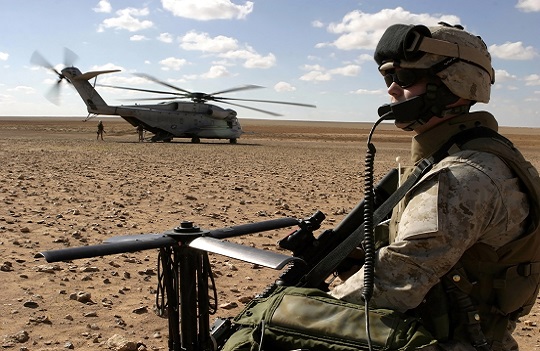

The world is getting hotter and hotter with recent figures showing that average annual temperatures have increased for the last 40 years. Firefighters are constantly exposed to high temperatures and training forms part of an important operational function to keep them safe. When conditions are too hot, and body temperatures rise as a result, cognitive decision making is impaired. That is why it is vital to have independent physiological monitoring systems in place to ensure that each firefighter is well and able to continue the training mission.
Local training initiatives can help to prepare firefighters and get them attuned to the heat and get them physically and mentally prepared. Importantly, it’s vital for operational divisions to understand the impact of the training exercises on their teams and determine how to adjust training to make them optimal for their preparation regardless of their circumstance.
Factors that need to be considered are numerous and our focus is on the physiological wellbeing and how this can assist operations.
Heat stress is a condition that can occur in ANY application in ANY environment but is accelerated by the wearing of PPE. This impacts multiple professions, working both indoors and outdoors. The fact that everybody tolerates heat differently makes it even harder to predict potential heat stress scenarios, making it ever more important to monitor people as individuals.
The physiological criterion of heat strain can be regarded as the inability to maintain body core temperature at the level prescribed by the thermoregulatory center.
Heat Stress or elevated core body temperature can go largely undetected until it is too late and the common external symptoms are displayed. These include;
• Dizziness/cognitive impairment
• Nausea/vomiting
• Unsteady walk
• Rapid pulse
Uniforms and PPE are designed to keep wearers protected from the environment that they find themselves in. At the same time it also keeps in the heat. For firefighters in boots, heavy uniforms and carrying kit this can have a big impact on their core body temperature and in turn can make them more susceptible to heat strain and heat stroke.
Early warning systems for heat strain that alert operational managers can assist in ensuring that the firefighters are not being impacted by the heat and can be rested and monitored. In addition, they are doing a physical activity which means their heart rate is increasing, it also increases in an attempt to keep them cool. The body reaches a point where it can no longer increase the heart rate enough and they get hotter. PPE compounds this because there is no cooling from evaporation.
It’s a well-known fact that body temperatures that are either too high or too low will impair a person’s ability to make the right decision. Training missions are all about preparing for situations that include high levels of stress, on the body and mind. A simple mechanism for monitoring a person’s heat strain can mean that team members’ cognitive mechanism is not impaired, and they can concentrate on the task at hand, safe in the knowledge that their physiological well being is taken care of.
Real time data analysis is vital when looking at physiological parameters of the team. It means that you can quickly act if a firefighter is in danger of reaching their own physiological limits and prevent illness.
Retrospective monitoring of multiple missions can also build up a picture of a team or individual and operational procedures can be adjusted as a result.
Equivital’s Black Ghost data analysis solution coupled with the lightweight and easy to manage eq02+ LifeMonitor wearable technology can assist in operations and keep physiological data analysis at the forefront of training. This in turn, will enhance both the firefighter and the team and help them make a difference wherever they are dispatched.
Get in touch to find out more.
*https://www.ncbi.nlm.nih.gov/pmc/articles/PMC4300451/